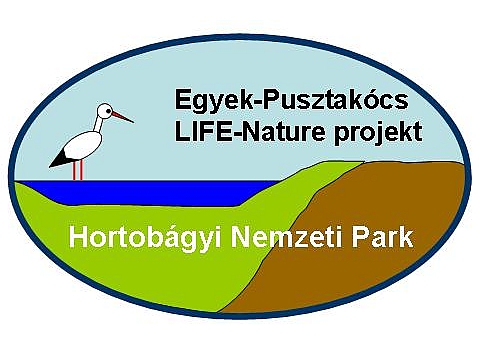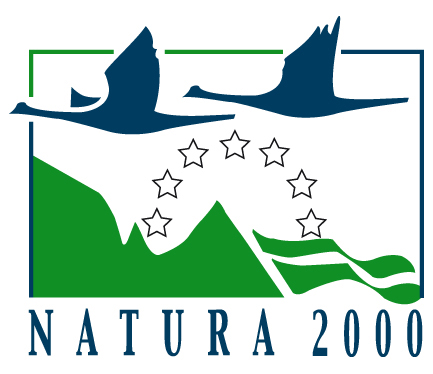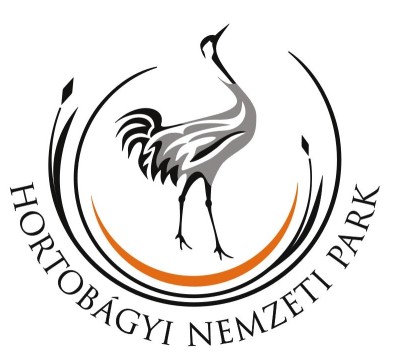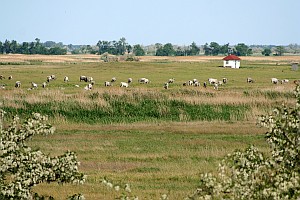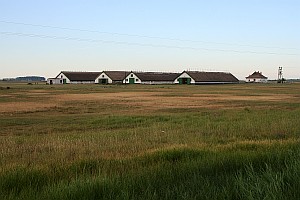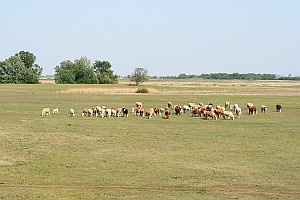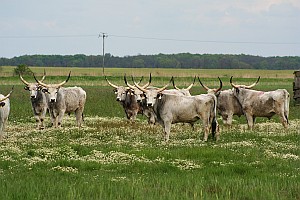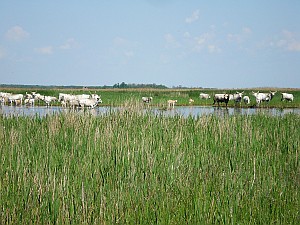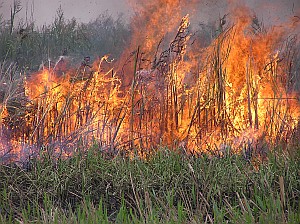 |
Hortobágy National Park |
|
|
Grassland management by grazing Extensive grazing is the preferred, optimal management of Hortobágy grasslands because it represents a medium-level disturbance, which can maximize the diversity of grassland plants and animals. To ensure the optimal management of grasslands, we planned to extend the grazing scheme to grasslands of the entire project area or to at least 700 ha during the project. We aimed to include areas of both native and restored grasslands. During the implementation, we worked with 18 farmers or farming companies to set up a system that would provide a long-term solution to the problem of optimal management of grasslands. The grazing scheme was established with the participation of 18 farmers or farming companies, with whom Hortobágy National Park initiated or renewed long-term rental contracts, under which the farmers conduct management by grazing according to conservation priorities. The total area to which the grazing system was extended now includes almost 2600 ha, or virtually all grasslands in the project area. These results are remarkable because in most areas of Hortobágy and the Hungarian Great Plains, animal husbandry is on the decline and the maintenance of grassland management is problematic. The grazing system established in the project now provides for the long-term maintenance of the optimal management of the Egyek-Pusztakócs grasslands. |
|
Marsh management by grazing To open up homogenised reedbeds, a specific grazing effort was allocated to marsh edges. We established the infrastructural conditions of marsh edge grazing near Fekete-rét marsh. A mixed band of c. 180 Hungarian grey cattle and Hungarian speckled cattle roamed the southern half of Fekete-rét marsh, or a total of c. 250 ha. A local farming company purchased an animal farm and conducts grazing on the edges of Meggyes marsh and on some newly restored grasslands. In addition, we purchased 50 grey cattle, which grazed the northern part of Fekete-rét marsh on a total of c. 60 ha. Hungarian grey cattle are highly appropriate for grazing reedbeds as they prefer consuming fresh shoots of reed and like to wade across water. The results of this action were spectacular as the cattle established wide entry points and large openings in the reed. |
||
Marsh management by fire As another activity aimed to open up homogenised reedbeds, we carried out fire management in Fekete-rét marsh. Burning was planned in late summer, when most nutrients of the reed plant are in the inflorescence and when burning can potentially reduce the nutrients available for the rhizome and thus can considerably decrease the viability of the plant. After two unsuccessful attempts at igniting green reed in the wetter years of 2005 and 2006, we successfully burned 120 ha of reedbed in early September in the extremely dry 2007. As a result, reed has withdrawn considerably from the area. Botanical surveys before and after burning at randomly selected sampling plots showed that the cover of reed decreased from c. 67% to 41% and that 8 plant species appeared in the plots after the burning.
|
